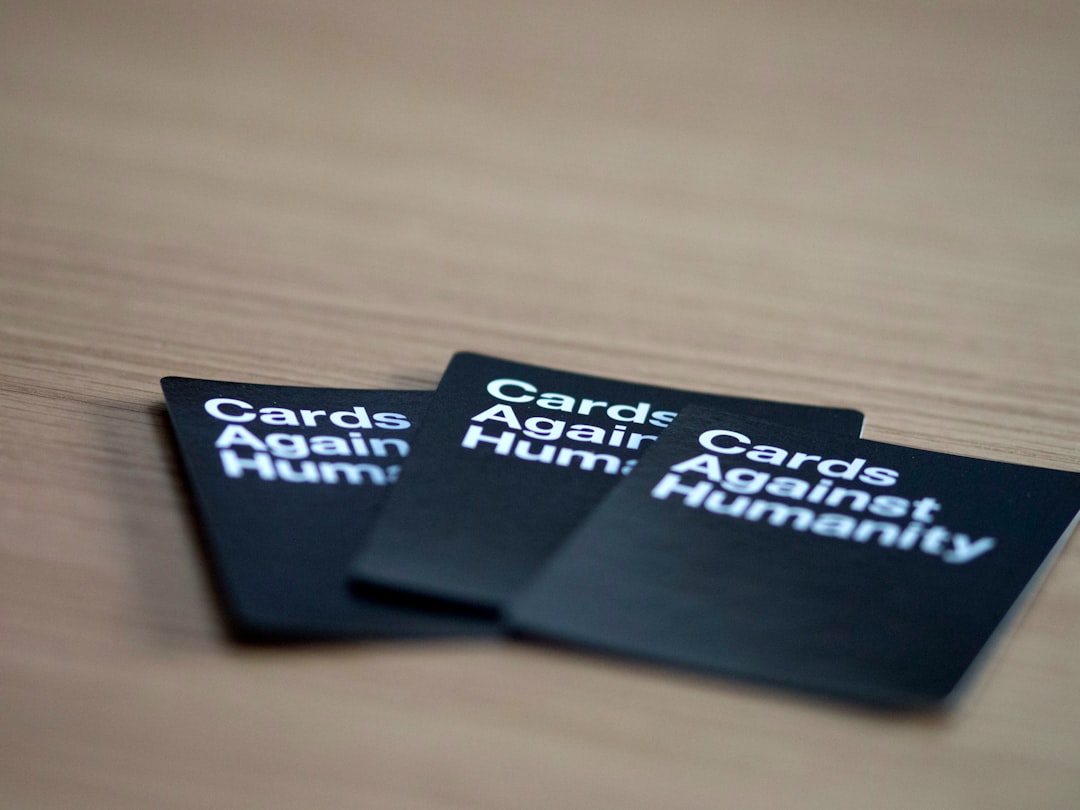Summary: Cards Against Humanity recently launched a unique edition to avoid import tariffs, sparking questions about why the game isn’t printed in the US. The answer lies in the complexities of modern board game manufacturing, where specialized production capabilities are often only available overseas, making domestic printing challenging and costly.
A Clever New Edition to Dodge Tariffs
Cards Against Humanity (CAH) recently announced its latest stunt: the “Cards Against Humanity Explains the Joke” edition. This version ditches the usual game rules and instead includes explanatory notes on each card. By doing so, it classifies the product as “informational material” rather than a “game,” allowing CAH to sidestep import tariffs. All profits from this one-off project will be donated to the American Library Association to support the fight against censorship.
Why Not Print Cards Against Humanity in the US?
This clever move also raised a common question: if CAH is so frustrated by unpredictable tariff rates, why not just print the game domestically? After all, it’s just a box of cards, right? The reality is more complicated.
The Complex Reality of Board Game Manufacturing
In the board game industry, many designers have wrestled with the idea of producing games locally. While US-based creators often want to work with domestic manufacturers, the complexity of modern board games makes this difficult. Today’s games can include a variety of components such as cardboard constructions like dice towers, custom-shaped and painted wooden markers, multicolored jewel pieces, plastic bits of various kinds, custom-printed bags, molded miniatures, cards in multiple sizes, metallic coins, dry-erase boards, elaborate box inserts, large double-sided playing boards, and lengthy manuals.
The manufacturers capable of producing all these specialized components are typically located in China or Central Europe, including countries like Germany, Poland, and the Czech Republic, where the expertise and infrastructure exist.
Insights from Industry Experts
Earlier this year, I spoke with two board game designers who explored US production options and found them unfeasible. Jamey Stegmaier, known for hits like Scythe, Viticulture, and Wingspan, shared his experience: “I recall getting quoted a cost of $10 for just a standard empty box from a company in the US that specializes in making boxes,” whereas a full game can be produced and boxed in China for the same amount.
